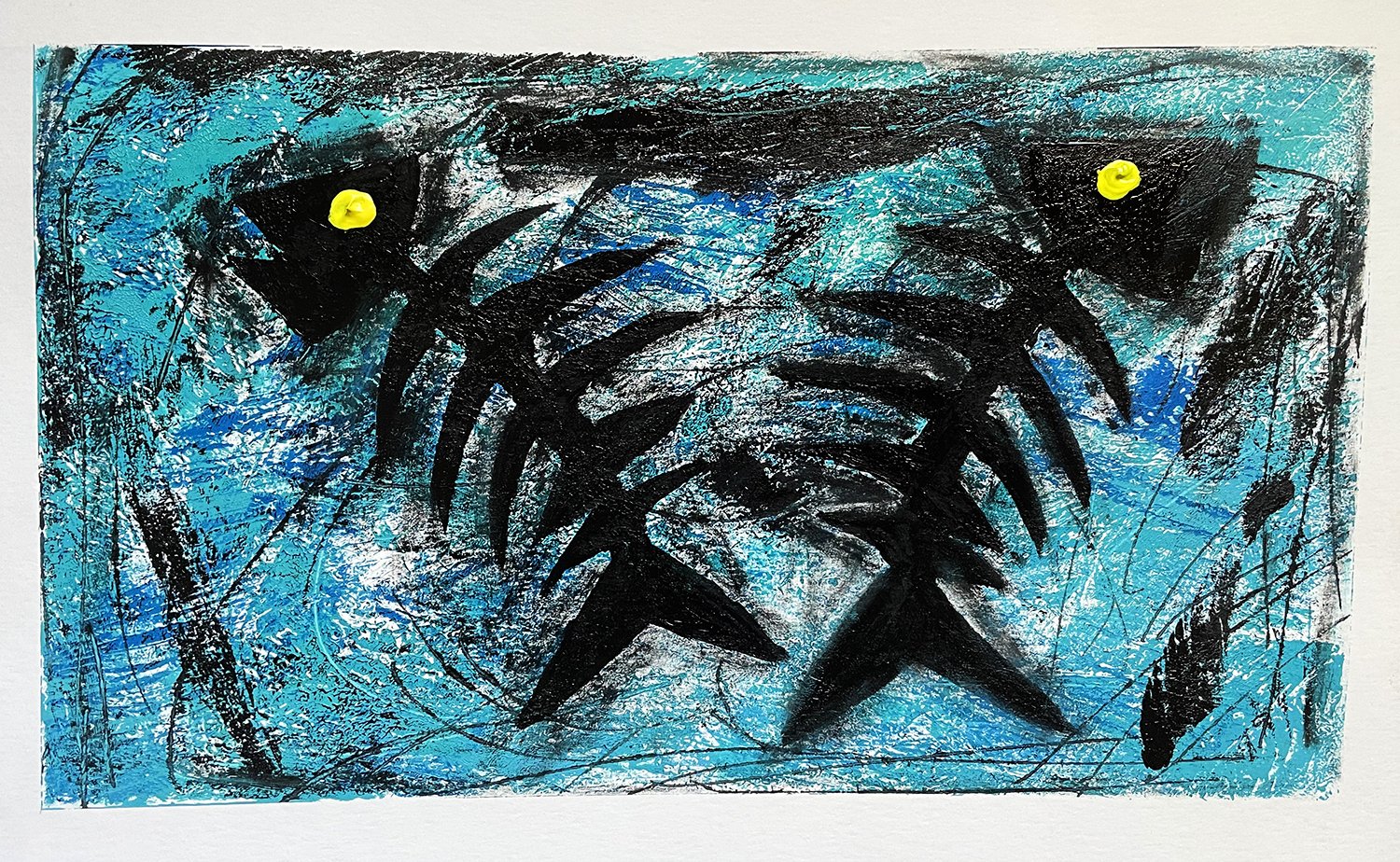Roger Ebert (June 18, 1942 – April 4, 2013) was an American film critic, film historian, journalist, essayist, screenwriter, and author. He was a film critic for the Chicago Sun-Times from 1967 until his death in 2013. I used to watch and read his reviews of movies. Generally speaking, I agreed most of the time with his critiques. Sometime ago, I heard that Roger Ebert’s wife, Chaz, talked about Roger’s last words. He died of cancer in 2013.
“Life is but a tale, told by an idiot, full of sound and fury, signifying nothing.”
Clem Snide released an album called "Forever Just Beyond." The lead track on the album, “Roger Ebert,” is especially arresting. The late film critic's wife, Chaz, recalled Roger Ebert's final words in a letter to her, which served as the basis for the lyrics. As the song puts it:
Did you know these were Roger Ebert’s dying words?
It’s all an elaborate hoax
It’s all an elaborate hoax
There is a vastness that can’t be contained
Or described as a thought in the flesh of our brain
It’s everything, everywhere, future and past
Dissolving forever in an eternal flash.
It’s all an elaborate hoax
It’s all an elaborate hoax
Chaz Ebert wrote, "The one thing people might be surprised about—Roger said that he didn’t know if he could believe in God. He had his doubts. But toward the end, something really interesting happened. That week before Roger passed away, I would see him, and he would talk about having visited this other place. I thought he was hallucinating. I thought they were giving him too much medication. But the day before he passed away, he wrote me a note: “This is all an elaborate hoax.” I asked him, “What’s a hoax?” And he was talking about this world and this place. He said it was all an illusion. I thought he was just confused. But he was not confused. He wasn’t visiting heaven, not the way we think of heaven. He described it as a vastness that you can’t even imagine. It was a place where the past, present, and future were happening all at once."
“Circles, Squares, and Triangles,” 3.75” x 5” acrylic and charcoal on paper.










